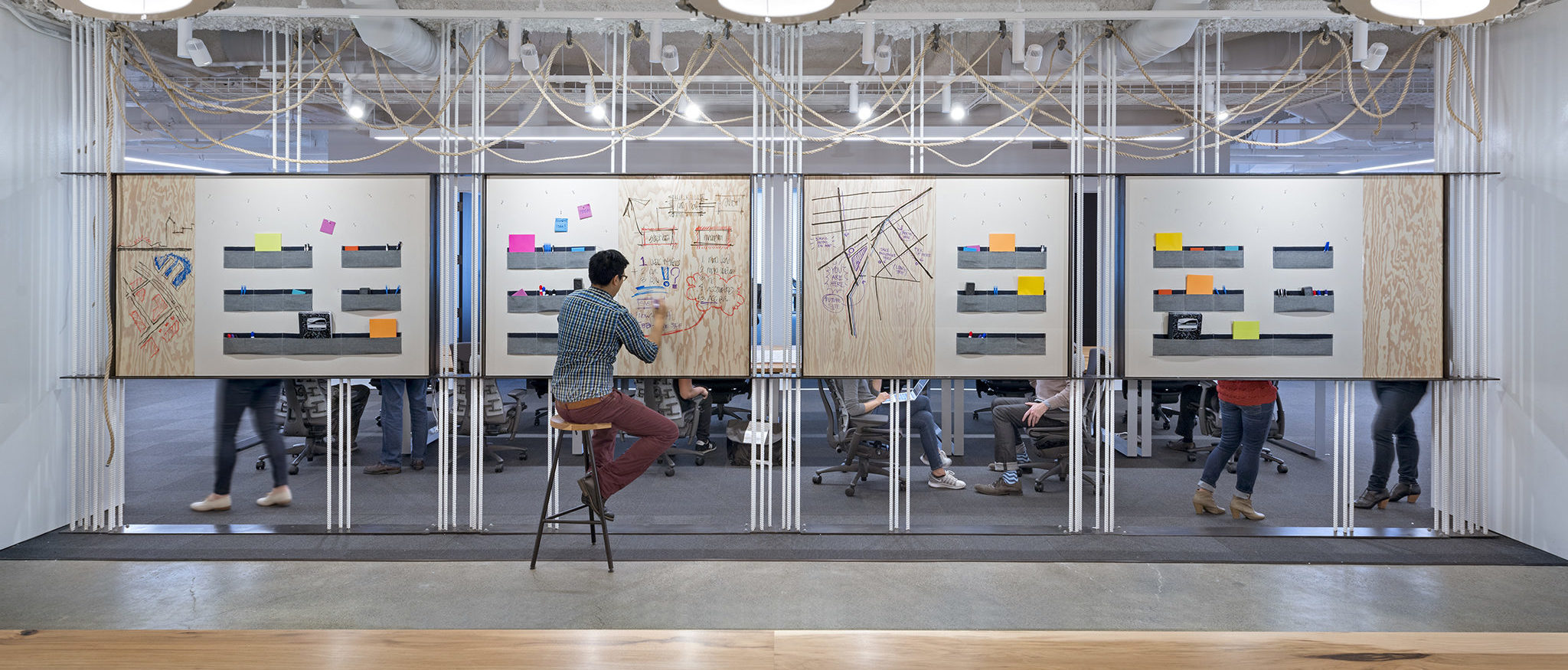Too many construction projects get mired in poor workflow and miscommunications between team members. How can we draw on the lessons learned in other industries to create process improvements for construction projects?
Construction projects are traditionally managed by determining a sequence of detailed activities early in the project: each step is completed prior to beginning the next step. This approach makes the project predictable and easy to follow, but it can also make it less flexible and harder to incorporate changes. Usually, owners lay out the requirements, the design team forms the building requirements and aesthetics into a vision, and contractors bring the building to life – with each role only communicating with one another when there are questions, issues or setbacks. To improve collaboration, creativity and efficiency, a growing number of construction projects are now using lean and agile principles.
Lean in Construction
Lean principles originated in the manufacturing industry and the Toyota Production System; the term “lean” was coined in the late 1980s. One of the main principles in lean is to find and eliminate waste from the work process. “Waste” is defined as anything that does not add value to the client, such as transportation, inventory, motion, waiting, overproduction, overprocessing, defects and skills misalignment. In construction projects, examples of waste are waiting time for preceding work to be completed and correcting performed work or design changes. By improving ongoing communication and streamlining schedules, the lean model reduces delays and offers improved and steady workflow.
Agile in Construction
Agile methodologies arose from the software development industry in the 1970s. The term “agile” was made famous in 2001 with the publication of the Manifesto for Agile Software Development, which was co-written by a group of 17 software developers. Agile practices include a variety of methods and tools used throughout a project’s lifecycle. The agile concept employs short and frequent cycles consisting of plan-design-develop-test-release-evaluate. Two of its guiding principles are adaption to change and collaboration among people. These can be useful especially in the design phases when the cost of change is low. Early changes that also add value can be incorporated in the design by planning the work in shorter cycles with continuous feedback from stakeholders and the project team. Engaging stakeholders early in this process ensures requirements are interpreted the way they were intended. Using these short cycles and reviewing results after each cycle makes it easier to discover needed changes before finalizing the design, thereby minimizing late, and more costly, changes.
Including lean and agile principles in a project can more fully engage all members of the team by drawing on their individual skills and incorporating their input throughout the entire project. Each team member sees how their input contributes to the success of the project. Team members can also make continuous improvement part of the project culture by incorporating it as a natural way of everyday work.
Combining these complementary methodologies, project teams can create a more flexible and adaptive way of proceeding with planning, design and construction phases while generating more effective communication between the participants in construction projects. By focusing on how, or if, an activity adds value to the project—based on lean—and by promoting a collaborative environment—based on agile— we can reduce costs and improve quality at the same time.


